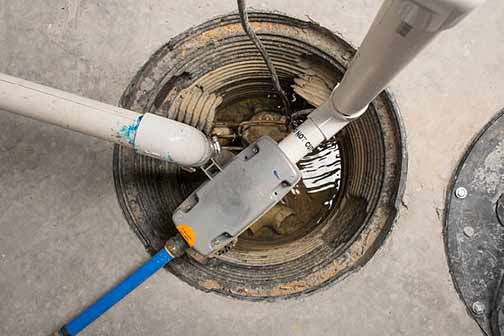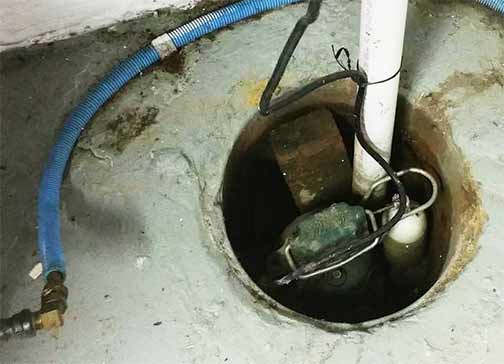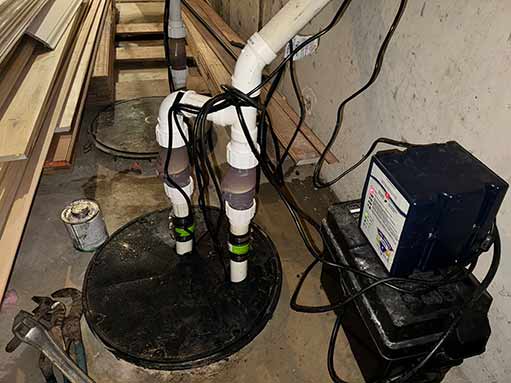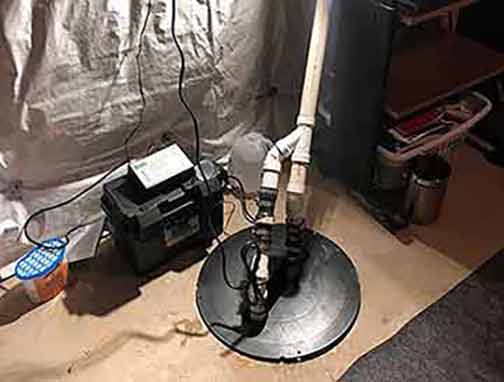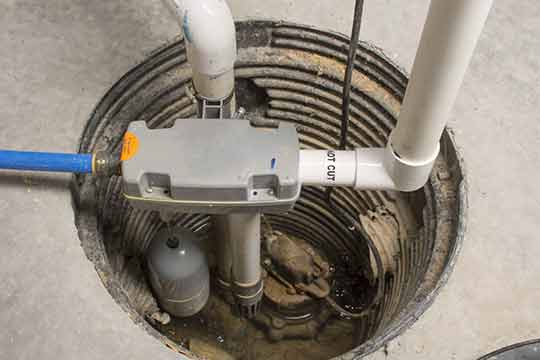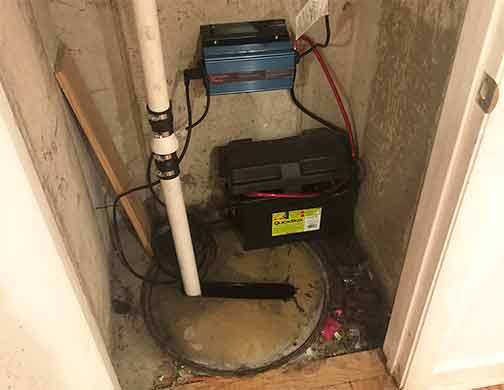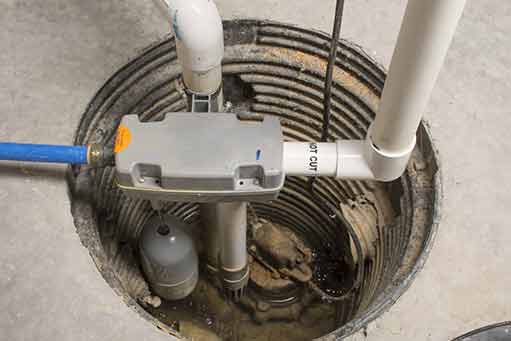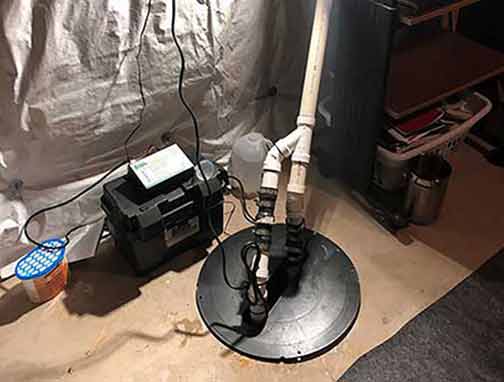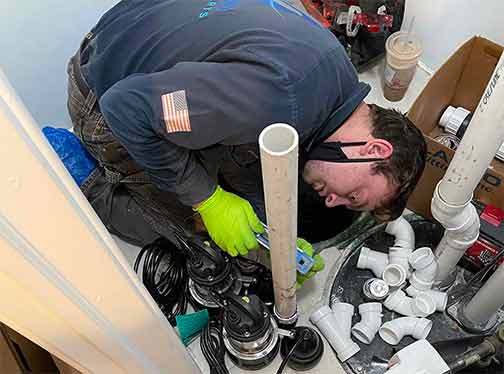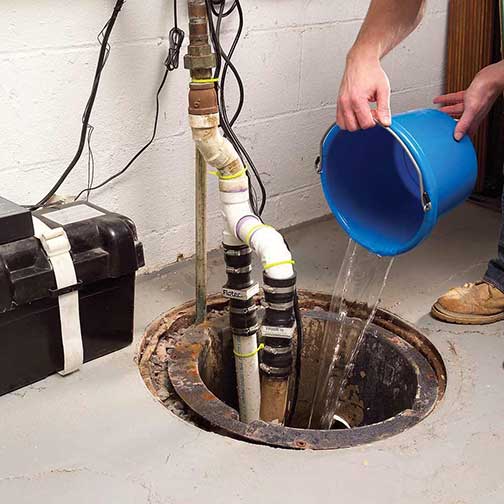
A sump pump is an essential component in many homes, particularly those prone to flooding or with basements below the water table. Its primary function is to prevent water accumulation that can lead to flooding, water damage, and mold growth. By efficiently channeling water away from a home’s foundation, a sump pump protects both the structural integrity of the building and the health of its occupants. Understanding its role and importance is the first step in ensuring its optimal performance. A well-functioning sump pump acts as a safeguard, ensuring that your home remains a dry and safe haven, regardless of the external weather conditions.
Identifying Common Sump Pump Issues: Spotting the Red Flags
Even the most reliable sump pumps can encounter issues over time. Common problems include power failures, clogged discharge pipes, and float switch malfunctions. Power outages can render a sump pump useless unless it has a backup power source. Clogged discharge pipes can prevent water from being expelled effectively, leading to potential flooding. Float switches, which activate the pump, can become stuck or damaged, preventing the pump from turning on when needed. Recognizing these issues early can prevent more significant problems down the line. By being vigilant and conducting regular inspections, homeowners can catch these issues before they escalate, ensuring that their sump pump remains in peak operating condition.
Regular Maintenance for Optimal Performance: Keeping Your Pump in Prime Condition
Regular maintenance is crucial to ensure a sump pump operates effectively. This includes cleaning the pump, checking for blockages in the discharge pipe, and testing the float switch. It’s also important to inspect the power source and backup battery, if applicable, to ensure the pump can function during power outages. Regular maintenance not only extends the life of the pump but also provides peace of mind knowing that it will perform when needed. A well-maintained sump pump is less likely to fail during critical times, such as during heavy rains or flooding events, making maintenance an indispensable part of sump pump ownership.
Repairing and Adjusting the Sump Pump: Fine-Tuning for Enhanced Performance
When issues arise, timely repairs and adjustments can significantly enhance a sump pump’s performance. For instance, if the pump is not turning on, checking and adjusting the float switch can resolve the issue. In cases where the discharge pipe is clogged, removing debris and ensuring the pipe is properly aligned can restore functionality. Additionally, replacing worn-out parts, such as the check valve, can improve efficiency and prevent water from flowing back into the sump pit. By addressing these issues promptly, homeowners can ensure that their sump pump operates at its best, providing reliable protection against water damage and avoiding a premature replacement of the sump pump.
Upgrading Your Sump Pump System: Enhancements for Better Protection
Sometimes, repairs and adjustments may not be enough, and upgrading the sump pump system becomes necessary. Upgrades can include installing a more powerful pump, adding a battery backup to your sump pump system, or integrating a water alarm system. These enhancements can provide additional protection and ensure the system can handle increased water volumes during heavy rains or flooding events. Upgrading components can also improve the system’s reliability and efficiency. By investing in these upgrades, homeowners can enhance the performance of their sump pump system, ensuring that it remains a robust line of defense against water intrusion.

Upgrades can include installing a more powerful pump, adding a battery backup to your sump pump system, or integrating a water alarm system.
Choosing the Right Sump Pump for Your Needs: Tailoring Solutions for Optimal Performance
Choosing the right sump pump is critical for optimal performance. Factors to consider include the pump’s capacity, type, and power source. Submersible pumps are ideal for homes with significant water intrusion, while pedestal pumps are suitable for smaller basements. Additionally, selecting a pump with a reliable power source and backup options can ensure continuous operation during power outages. Speaking with a professional can help determine the best pump for your specific needs. By selecting the appropriate pump, homeowners can ensure that their sump pump system is tailored to their unique circumstances, providing effective and reliable protection against water damage.
The Role of Professional Inspection and Repair: Expert Insights for Superior Performance
While many maintenance tasks can be performed by homeowners, professional inspection and repair can offer additional assurance. Professionals can identify underlying issues that may not be apparent to the untrained eye and provide expert repairs and adjustments. Regular professional inspections can also help extend the life of the sump pump and prevent costly repairs or replacements in the future. By leveraging the expertise of professionals, homeowners can ensure that their sump pump system remains in optimal condition, providing reliable protection against water damage.
Preventive Measures to Avoid Sump Pump Failure: Proactive Strategies for Longevity
Preventing sump pump failure involves taking proactive measures to protect the system. This includes installing a sump pump cover to prevent debris from entering the pit, ensuring proper drainage around the home, and regularly testing the pump’s operation. Additionally, having a backup power source, such as a battery or generator, can prevent failures during power outages. These preventive measures can significantly reduce the risk of sump pump failure and protect the home from water damage. By implementing these strategies, homeowners can enhance the durability and reliability of their sump pump system, ensuring that it remains a dependable safeguard against water intrusion.
Conclusion: Ensuring Reliable Sump Pump Performance for a Secure Home
Optimizing sump pump performance requires a combination of regular maintenance, timely repairs, and strategic upgrades. By understanding common issues, performing routine checks, and seeking professional assistance when needed, homeowners can ensure their sump pump operates efficiently. Taking preventive measures and choosing the right pump for specific needs can further enhance performance and provide peace of mind. Ultimately, a well-maintained sump pump is an invaluable asset in protecting a home from water damage and maintaining a safe and dry living environment. By prioritizing the performance of their sump pump system, homeowners can safeguard their homes, ensuring that they remain secure and comfortable havens, regardless of the external conditions.


